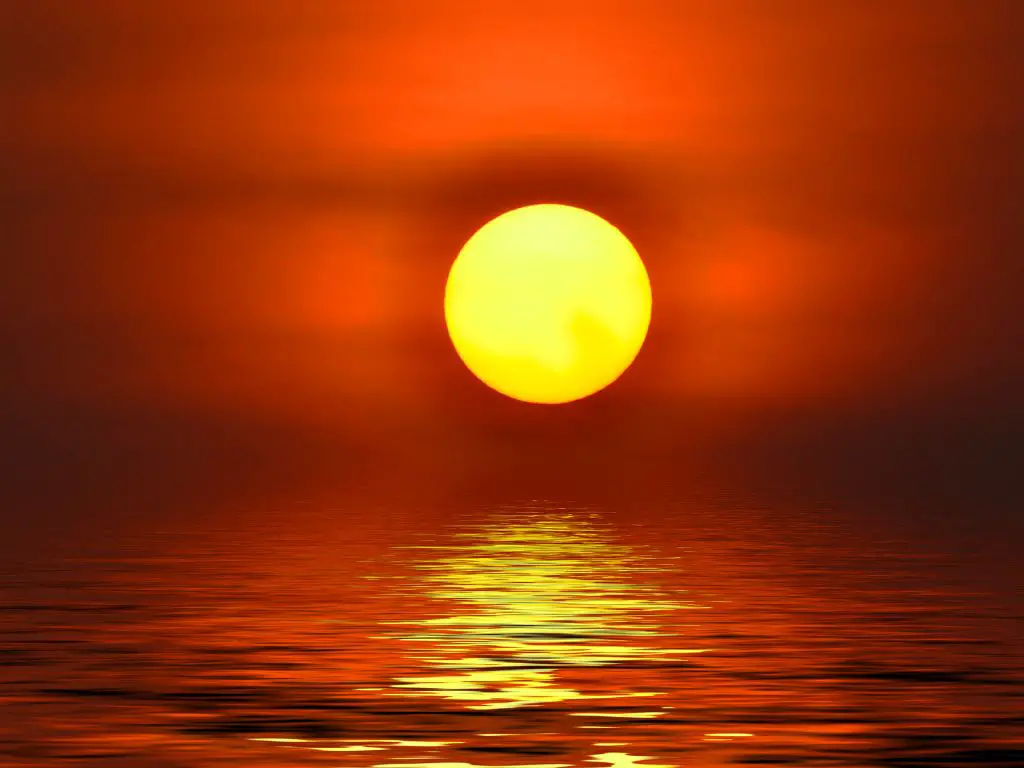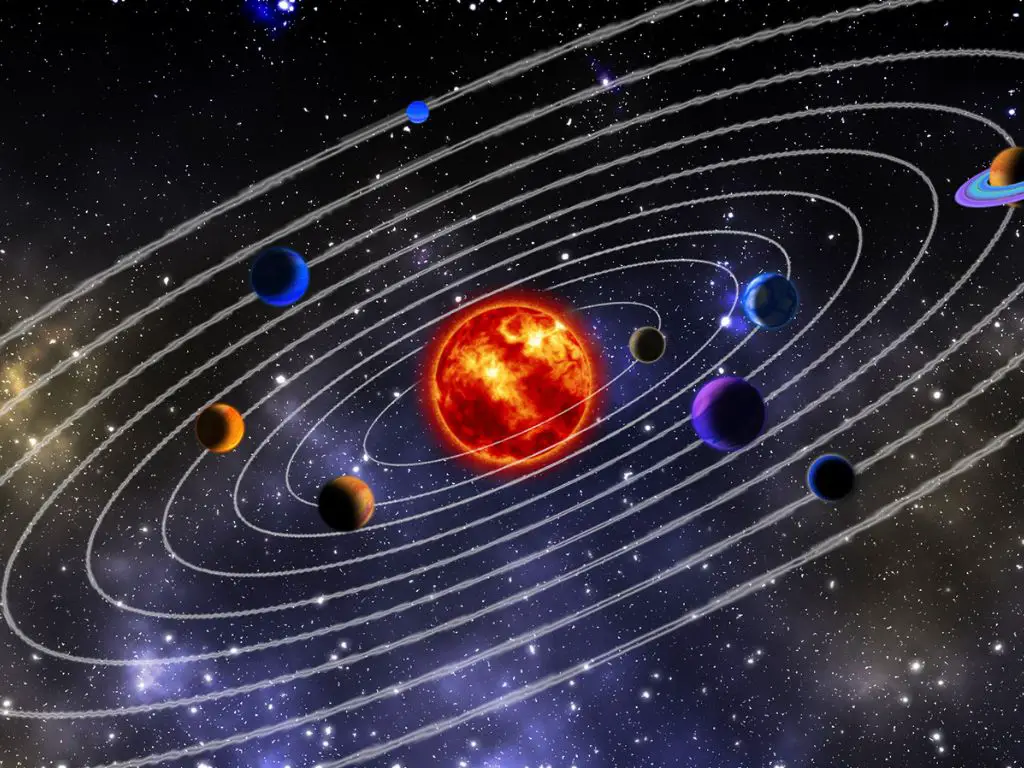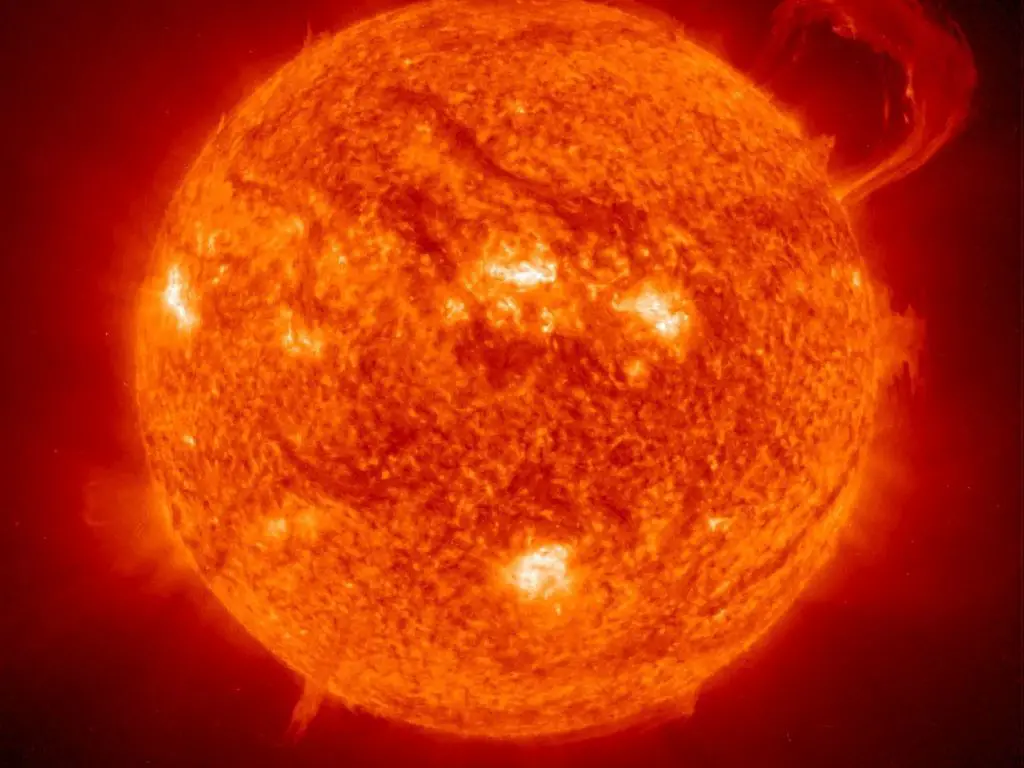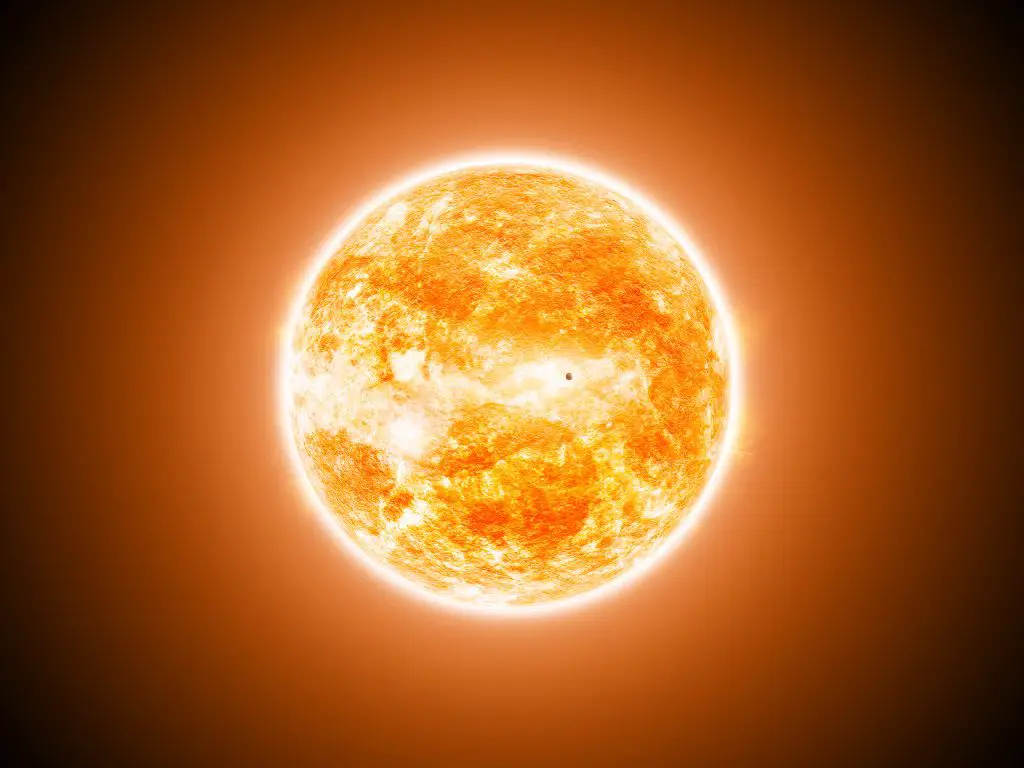The Sun is a large, luminous ball of gas located at the center of our solar system. It is the closest star to Earth, and is the source of light, heat, and energy that allows life to exist on our planet. The Sun is a type of star known as a yellow dwarf, and is made up primarily of hydrogen and helium. The Sun is an essential part of our solar system, and its gravitational force holds the planets and other objects in orbit around it. Lets find out How Old Is The Sun And When Will It Die.
How Old Is The Sun And When Will It Die
The sun is about 4.6 billion years old and it will die in about 5 billion years. Stars (including our sun) have an estimated life time of about nine to ten billion years. So our sun has spent about half or a little less than half of its life and will die after an estimated time of 5 billion years.

How Was The Age Of The Sun Estimated?
Scientists estimated the age of the sun on the basis of the age of the entire Solar System, because the whole Solar System came into being at about the same time. For this purpose, scientists looked for the oldest objects they could find. When astronauts brought rocks from the moon, it was the best thing to estimate the Sun’s age. Scientists studied these rocks and estimated the age of the Solar System (including the sun) through the method of radioactive dating.
How Was The Sun Formed?
Like the entire Solar System, the sun was also formed from the solar nebula, which was a giant, rotating cloud of gas and dust. When the solar nebula falled down under its own gravity, it started to rotate faster and flattened into a disk. Due to gravity, most of the content of the solar nebula dragged towards the center and formed the sun. The early solar winds of the newly formed sun blew away the remaining gas and dust and formed planets and other solar objects that revolve around the sun.

Why Will The Sun Die?
The sun is mostly made up of hydrogen (〜73%) and helium (〜25%). Extremely high temperatures inside the sun core cause hydrogen atoms to lose their electrons, and then fuse together forming helium atoms. Energy is released in this process that makes its way out of the sun core in the form of sunlight. After about 5 billion years, the sun will eventually run out of its fuel (hydrogen) and will begin to die.
What Will Happen When The Sun Dies?

When the sun uses all of the hydrogen, its core will become filled with helium. The gravitational forces will compress the core and the other regions of the sun will expand. That phase of the sun and other sun-like stars is known as red-giant. At that stage, the sun will become so big that it will engulf the nearest planets (Mercury and Venus, and possibly the Earth too).
After the red-giant phase, the sun will enter into a white dwarf phase when helium atoms will fuse together into heavier elements. This process does not emit much energy. Once all the helium atoms will deplete, the gravitational force will pull all the heavier elements and the sun will cool down and shrink (white dwarf).

